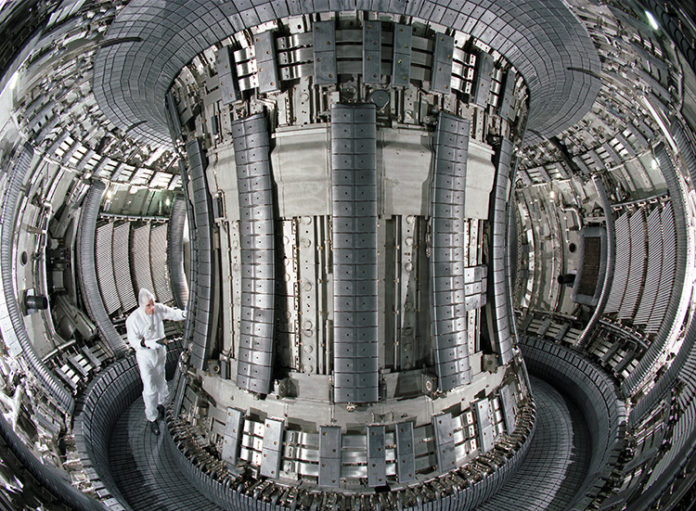Sawtooth swings are the names given to the up and down ripples that are found in everything from ocean waves to prices on the stock market or online casino industry. Sometimes these swings join other plasma instabilities which, in turn, causes the reactions in the tokamaks to stop. However, there are some plasmas that have no sawtooth gyrations. And, this is down to a mechanism that has puzzling physicists for quite some time now.
Researchers over at the US Department of Energy’s (DOE) Princeton Plasma Physics Laboratory (PPPL) have recently created complex simulations of the method that could reveal the physics behind this mechanism called “magnetic flux pumping.” If scientists can unravel the mysteries behind this mechanism they may be able to advance the development of fusion energy.
Fusion is the energy that powers both the sun and the stars. It’s what happens when light elements in the form of plasma are fused. For many years now, scientists have been trying to recreate this fusion as a way of generating free electricity. The role of the flux pumping mechanism is to limit the current in the plasma’s core and as a result, stops the current from becoming so strong that it triggers the sawtooth instability.
In recent simulations conducted at PPL, the researchers found that magnetic flux pumping occurs in hybrid scenarios. That includes both high-confinement (H-mode) plasma and low-confinement (L-mode) plasma, and also advanced scenarios where the plasma continues to operate in a steady state.
In hybrid scenarios, the current stays within the plasma’s core while the pressure of the plasma as a whole remains high. This produces what’s known as a “quasi-interchange mode” that mixes up all the plasma while at the same time warping the magnetic field. Acting in this way produces a powerful effect that ensures the current remains flat and ultimately avoids the formation of the sawtooth instability.
The Earth is protected from cosmic rays in a similar fashion, with the molten lava that’s found in the planet’s core acting like a big mixer. The simulations also demonstrated how the mechanism regulates itself. According to Isabel Krebs, lead author of a paper describing the mechanism, if the flux pumping is too strong, the current in the plasma’s core stays just under the threshold for the sawtooth instability. In doing this, the current is able to keep the temperature at a constant level.
“This mechanism may be of considerable interest for future large-scale fusion experiments such as ITER,” says Krebs. For those involved in the ITER project, the creation of a hybrid scenario could invoke flux pumping and avert sawtooth instabilities. One such way to do this would be to experiment with the neutral beam power’s timing so that it heats the ITER plasma to fusion-scale temperatures. An experiment such as this could lead to a mix of plasma current and pressure that creates an operation free of sawtooth instabilities.

